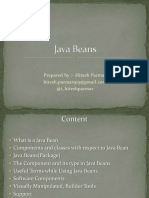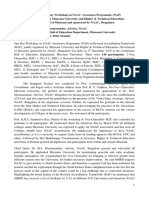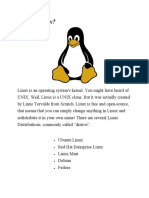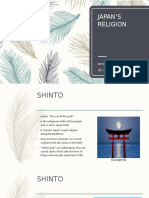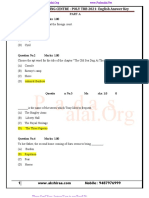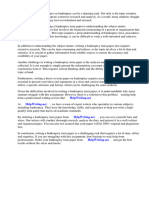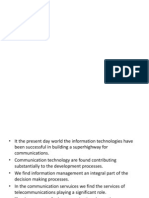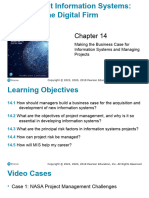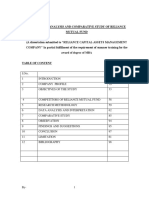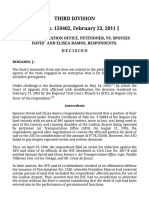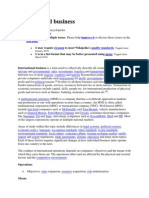0% found this document useful (0 votes)
68 views22 pagesJava Beans
The document discusses Java beans, which are reusable software components that can be visually manipulated by builder tools. Java beans follow certain rules, like implementing Serializable and having a no-argument constructor. They have properties that determine appearance and behavior, and can fire events when properties change. Builder tools use introspection via reflection to display bean properties and events. Common bean components include buttons, text fields, and lists. Popular bean-building tools include NetBeans, JBuilder, and Visual Age for Java.
Uploaded by
atul211988Copyright
© © All Rights Reserved
We take content rights seriously. If you suspect this is your content, claim it here.
Available Formats
Download as PPTX, PDF, TXT or read online on Scribd
0% found this document useful (0 votes)
68 views22 pagesJava Beans
The document discusses Java beans, which are reusable software components that can be visually manipulated by builder tools. Java beans follow certain rules, like implementing Serializable and having a no-argument constructor. They have properties that determine appearance and behavior, and can fire events when properties change. Builder tools use introspection via reflection to display bean properties and events. Common bean components include buttons, text fields, and lists. Popular bean-building tools include NetBeans, JBuilder, and Visual Age for Java.
Uploaded by
atul211988Copyright
© © All Rights Reserved
We take content rights seriously. If you suspect this is your content, claim it here.
Available Formats
Download as PPTX, PDF, TXT or read online on Scribd
/ 22
